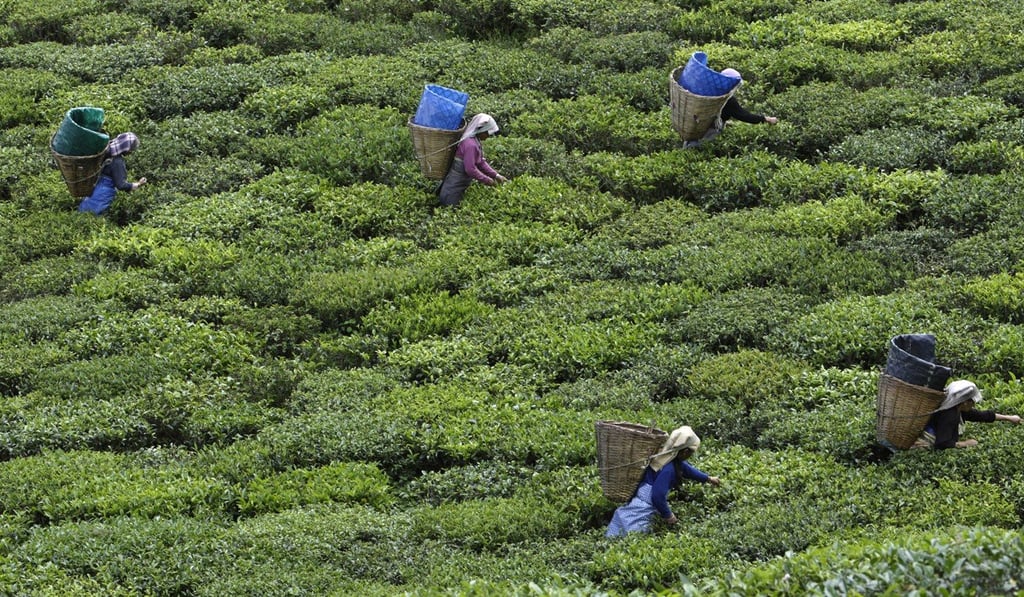Sikkim, a tiny state in India, wants to pay its 610,500 citizens a universal basic income
- If successful, the experiment by Sikkim, one of India’s most progressive states, would help alleviate poverty and address the challenge of job automation
- Detractors of universal basic income say it is an expensive concept that disincentivises work

High in the Himalayas, Sikkim is one of the tiniest states in India. But it is about to embark on a big experiment of global interest.
Sikkim’s ruling party has announced an ambitious plan to institute a universal basic income for every one of its 610,577 citizens.
If successful, the scheme would represent the largest trial run anywhere in the world of a concept that supporters like Facebook’s Mark Zuckerberg say could provide a safety net, help alleviate poverty and address the challenge of job automation. Detractors say it would reduce the incentive to work and would come at a huge expense.
A universal basic income (UBI) is a regular, guaranteed income paid by the government, universally and unconditionally, to all citizens. It is a cash payment that aims to replace the often-confusing array of assistance states offer to citizens and places spending decisions in the hands of the recipients.
“If there is one chance of it happening anywhere, it is Sikkim,” said PD Rai, the sole member of India’s parliament from the state.
